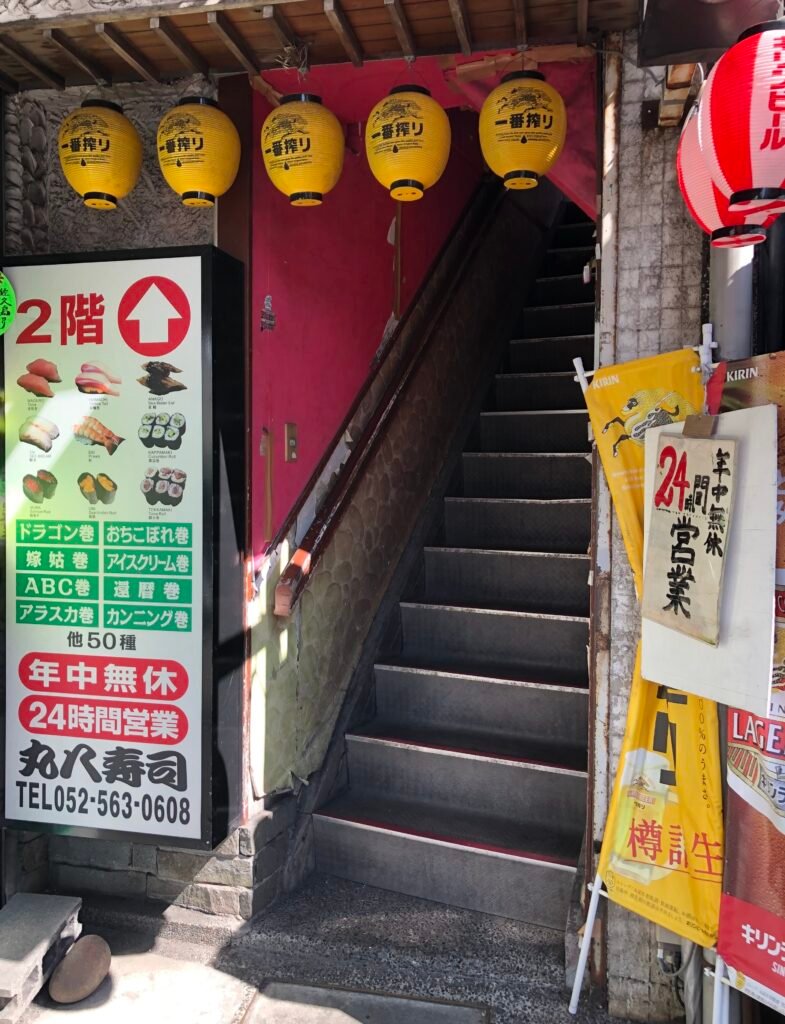Dishing fish
Nagoya, Japan
I AM WALKING through the fish market in Nagoya, Japan with my guide Takako. I got up early, met her at 7 am, the better to watch the activity in the bustling market. This fish market is more accessible than the one in Tokyo because ordinary people shop here, not just wholesalers, restaurant owners, shopkeepers, Takako explains.


I’m looking at fish I’ve never seen before, blue mussels the size of dinner plates, big fat tiger-striped prawns. Samples of nori, flat sheets of dried seaweed, are on display. I never knew there were so many flavors. The vendor offers me a taste of nori. I watch men cutting immense gutted tuna with long, sharp swords. No knives here, it takes a sword to cut through the red flesh of these gigantic fish.
Takako asks if I like sashimi. “Yes, of course, I love it!” A fishmonger cuts off a little piece of tuna and offers it to me on his sword with a squeeze of soy sauce. I pop it in my mouth. Fresh, briny, soft, smooth, this fish is just hours out of the Pacific Ocean.
Takako and I next go to a 24-hour sushi restaurant for breakfast as part of my tour. She apologizes, this isn’t the best sushi place but not many are open 24 hours. The menu is only in Japanese but she will translate. “Who eats here all night and in the early morning?” I ask. “People come here after the karaoke bars close,” she explains, “also couples who have been to a love hotel. Do you know what that is?” “Yes, I do,” I answer. A love hotel rents rooms for a few hours to young couples who have no privacy at home, living with parents in crowded Japan, sliding paper shoji screens for walls.
We reach the sushi restaurant and walk up a flight of stairs adorned with fabric banners and signs fluttering in the morning sun. Inside there is a wooden bar where we sit on stools, watching three sushi chefs. These guys are older, their faces weathered and creased, paper hats on their heads. They have seen it all. They look like they have been dishing fish for decades.



Takako orders for me. A couple comes in, sits at the bar, talking softly, giggling, discussing the menu. They are young, fresh-faced, obviously in love, all their attention directed at each other. “Takako,” I whisper. “Do you think they just came from a love hotel?” Takako looks over at them. “Oh yes,” she says. “Most definitely.”
I silently vow to see inside a love hotel on my next trip to Japan. Will it be seedy, sleazy, tasteless? Or practical, matter-of-fact, fulfilling a social need?